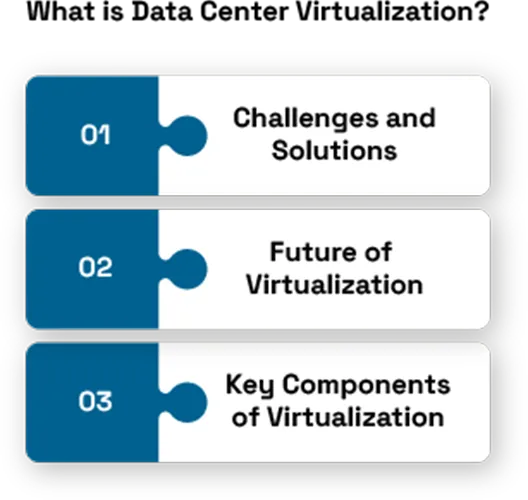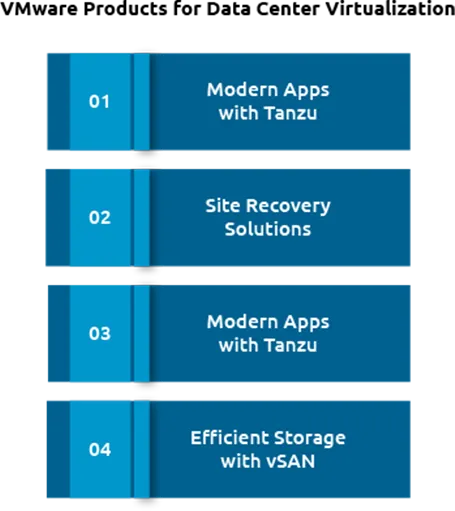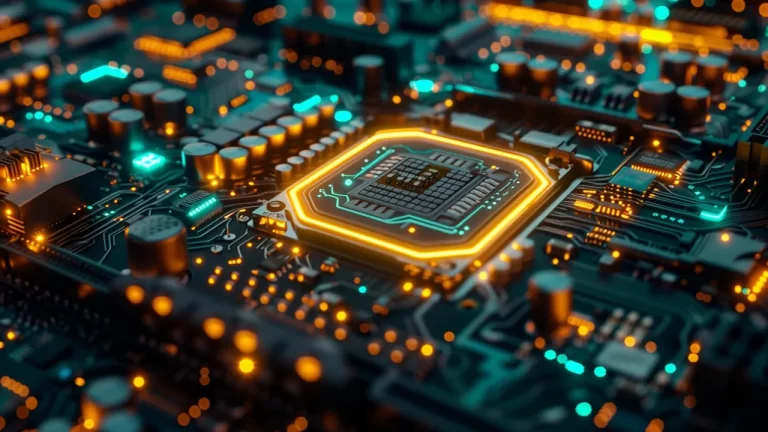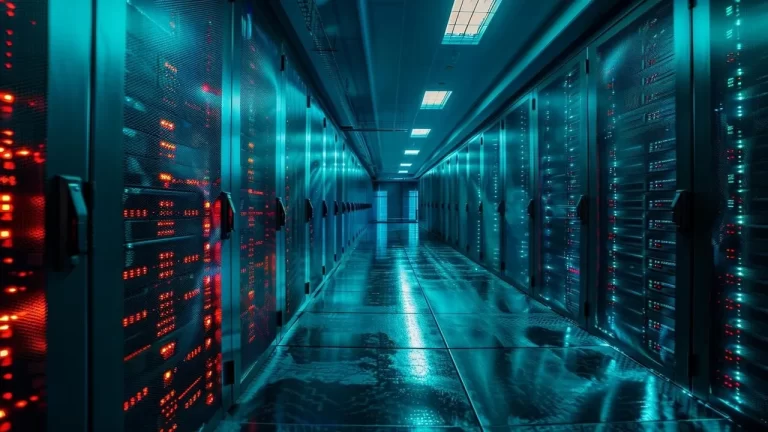Data centers now perform better with hardware virtualization because it saves costs while improving performance and versatility. Organizations can place many virtual machines on one physical server through virtualization, which lets them save on hardware resources. Using virtualization cuts power expenses and optimizes resource use while letting businesses add IT components with less effort.
Technology progress brings new development to virtualization through HCI systems, graphics cards, alongside cloud hosting and Cloud storage services. New innovations boost performance while managing computer workloads effectively for high-performance computing demands. We will look at how hardware virtualization evolves data center technologies today.
What is Data Center Virtualization?
Edge data center virtualization builds software versions of physical IT Database center resources, including servers and networks. By using virtualization, multiple workloads and applications can run on shared infrastructure and DCIM (Data Center Infrastructure Management), which replaces the need for several physical machines. It helps companies, like Equinix, Microsoft’s data center, Google’s data center, AWS data center, Nutanix, VMware, Yotta data center Broadcom, do more work better at a lower expense while granting organizational adaptability.
Host systems control virtual machines with VMware vSphere, Microsoft Hyper-V, and KVM hypervisors to achieve virtualization. Cloud computing data center providers use this technology to keep their data safe during emergencies and manage computer loads, which remains essential today.

Benefits of Data Center Virtualization with VMware
Companies rely on VMware to access effective data center virtualization tools that make their IT systems run better. Companies can cut server count by hosting multiple virtual machines on one machine. Server consolidation uses less power and needs fewer hardware components, which cuts operational expenses.
Business operations stay active, and disaster recovery works smoothly as a result. IBM offers vSphere High Availability and vMotion capabilities to protect workloads against downtime through seamless workload movement between physical machines. The system enables normal business operations despite hardware problems.
VMware Products for Data Center Virtualization
VMware develops different solutions that improve virtualization services for the Hyperscale data center. VMware vSphere remains the top choice for virtualization because it gives users DRS, vMotion, and vSAN features that help them handle workloads better and get more value from their storage assets.
Businesses often select VMware NSX to set up software-defined networking (SDN) environments. With VMwar, e-businesses can build reliable network systems without needing physical network equipment. NSX enables VMware to defend networks and makes system control more flexible.

Role of Hyperconverged Infrastructure (HCI) in Virtualization
HCI brings together programming units with storage and network platforms to work as a unified system in software. The combined platform of HCI simplifies data center management by joining all necessary equipment into one system to save costs.
Through HCI businesses can ramp up their system capacity easily by adding new elements while keeping upgrade costs low. Businesses can save money and handle their systems better as they use VMware vSAN alongside Nutanix and Dell VxRail to improve results and make outsourced operations work smoother.
Impact of GPU Virtualization on High-Performance Computing
Different computers and programs connected to a single GPU through virtualization run better when performing AI, ML, and video rendering tasks. Without depending on CPUs for virtualization, GPU processing creates speedups and saves time for demanding applications.Businesses use NVIDIA vGPU and AMD MxGPU solutions to grow GPU capacity without limits. This approach helps businesses in gaming design and automotive teams plus scientific labs do their work better. When organizations use GPU virtualization, they achieve better performance through less hardware investment.
Did You Know?
Hardware virtualization helps servers work with less electricity, so they use 80% less power, reducing both operation costs and environmental strain. By virtualizing GPUs, our system handles AI and ML functions better without additional hardware.








